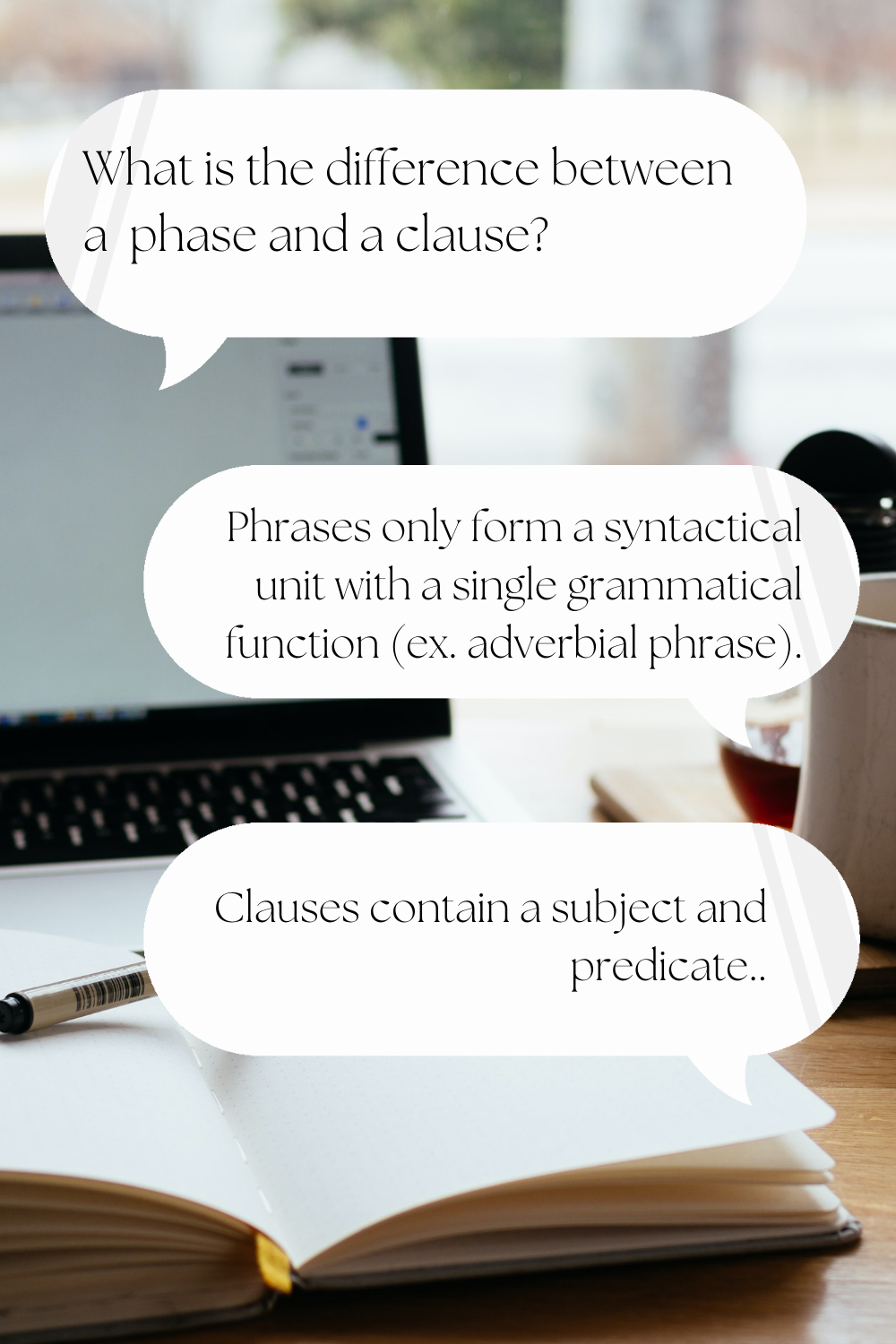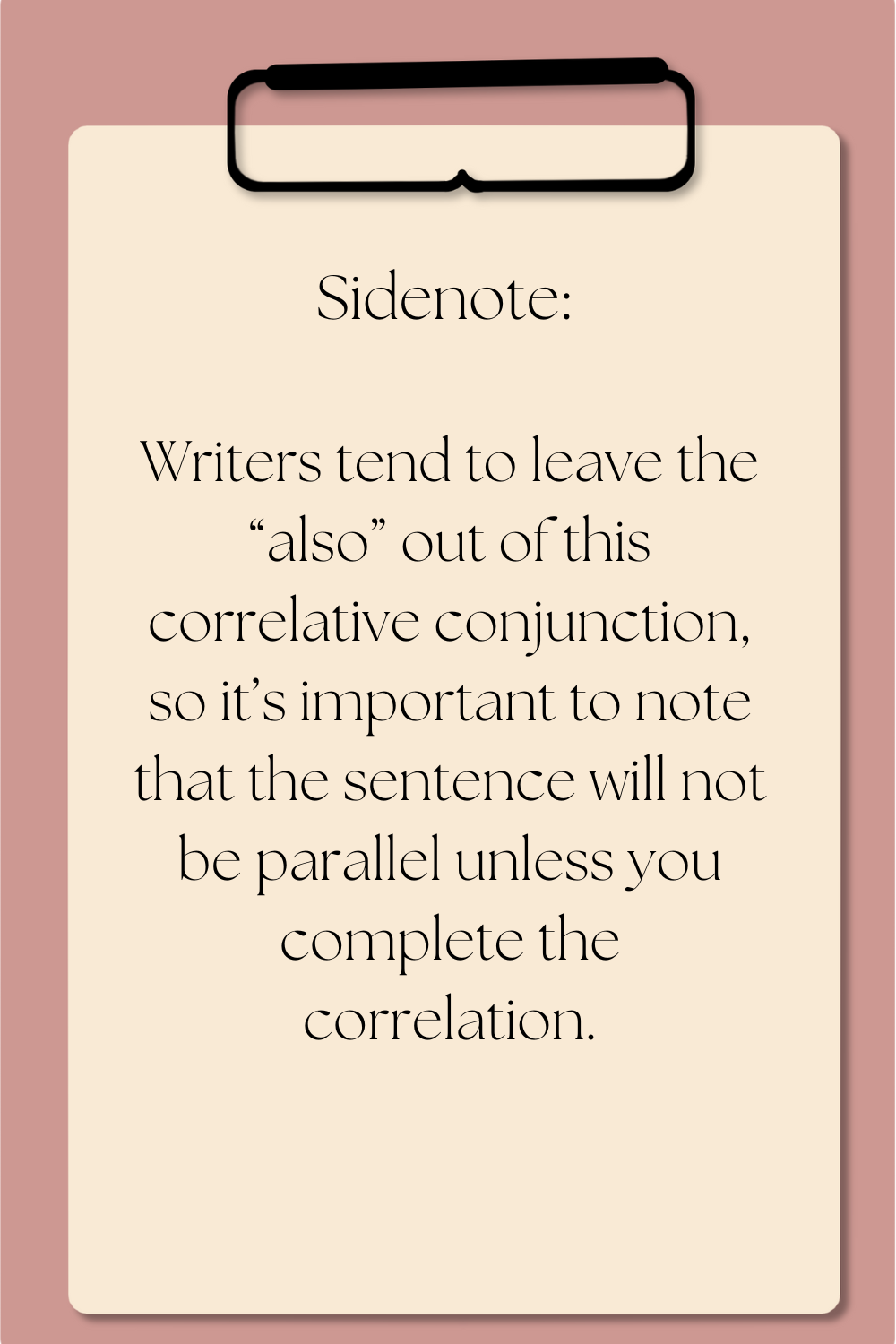What’s discussed in this post
Farther vs. furtherFarther is for literal or physical distance. She ran farther than me.
Therefore, the correct word to describe a character being “unaffected,” is unfazed. She was unfazed by his comment. Breech vs. breachAt thirty-seven weeks, the baby was in a breech position. The verb form of breach means to break open or break through. Therefore, breach is the correct homophone to use. They breached the border. Self-editing tipsWhen dealing with homophones and near-homophones, we need to look at both the words’ meanings and the context to determine which word to use. One way to do this is to highlight the word, right-click, and look up synonyms. If none of the synonyms match the meaning of the word, you're probably using the wrong homophone. However, in the case of further and farther, this way would not be reliable because the first definition of further is farther (English is so fun). So if you have MS Word, a second way to do this is to add the MerriamFetch macro. This is my favorite way to verify spelling and word choice because you can set it up with a keyboard shortcut so that Merriam-Webster is a keystroke away at all times. Here is where you can find the MerriamFetch macro by Paul Beverley. Lastly, if you know what homophones you confuse, make a reference chart! Further readingInstagram, @itssarahhawkinsedits, “Is it I have further to go or I have farther to go?”
The Chicago Manual of Style, “5.250 Good Usage versus common usage.” Editing Macros by Paul Beverley
0 Comments
What’s discussed in this post
IntroductionIn the last chapter of the Style Series: Grammar 101 post, we learned all about the 7 basic sentence patterns. These form the core of every sentence. Without them, you cannot have a complete, grammatical sentence, or an independent clause. But you may have noticed that your nouns, verbs, and predicates are more complex. Each part of the independent clause can be expanded, or added onto, to create complexity and interest. This is where phrases and clauses, and subordination and coordination come into play. The difference between a clause and a phraseWhen you look up "clause" and "phrase" in the dictionary, their definitions sound similar. Both are a group of words, but phrases only form a syntactical unit with a single grammatical function (ex. adverbial phrase), and clauses contain a subject and predicate. For example, let’s look at the following sentence: When I walked up to the counter, the barista scanned me from head to toe. The independent clause is the barista scanned me (noun + transitive verb + direct object). But as you can see, I naturally made a complex sentence with two add-ons: When I walked up to the counter, the barista scanned me from head to toe. The first part of the sentence is a clause because it has a subject (I) and a predicate (walked up to the counter). It can easily become a complete sentence by removing the introductory when. The final part of the sentence is a phrase because it has no verb but still forms a grammatical structure, an adverbial. What is CoordinationCoordination occurs when you expand your sentence by linking like grammatical structures with punctuation and/or conjunctions. There are three types of conjunctions:
Ex. Not only did Milo and Greg dance, but they also sang; however, they were terrible at both, and we all had a good laugh. We’ll explore this sentence further as we review the types of coordination. Types of CoordinationThere are two main types of coordination: coordination within a sentence, and coordination between sentences. indirect objects (noun phrases), and compound predicates (verb phrases). Let’s look at the intrasentence coordination in the example from above. Not only did Milo and Greg dance, but they also sang; however, they were terrible at both, and we all had a good laugh. There is only one example intrasentence coordination in this sentence. The compound subject Milo and Greg uses the coordinating conjunction and to form a noun phrase. Below is the sentence recast to create a compound predicate: Milo and Greg danced and sang, and they were terrible at both, which made us laugh.
The first type of intersentence coordination uses the correlative conjunction Not only–but also to connect two independent clauses. Notice the Not only clause is an inverted sentence, where the verb comes before the noun, and a different emphasis and rhythm are created. You may have also misidentified this conjunction because but also is split up by they. While not only is always one unit, but also can be together or split up, depending on what you want to emphasize. See how the emphasis changes when new move the also: The second type of intersentence coordination is ; however. However is an adverbial conjunction, and in its current position, it requires a semicolon to prevent a run-on sentence. Like correlative conjunctions, adverbial conjunctions have flexibility. They can move them throughout the sentence to change the emphasis. In most cases, you’ll want to enclose the adverbial conjunction with a pair of commas or a semicolon and a comma. Not only did Milo and Greg dance, but they also sang; they were, however, terrible at both, and we all had a good laugh. Not only did Milo and Greg dance, but they also sang; they were terrible at both, however, and we all had a good laugh. The third type of intersentence coordination is the coordinating conjunction and. (If but wasn’t part of a correlative conjunction, it would be a coordinating conjunction too!) This is probably the simplest form of intersentence coordination, and the one writers, no matter their level of expertise, are most familiar with. Not only did Milo and Greg dance, but they also sang; however, they were terrible at both, and we all had a good laugh. With some exceptions, a comma comes before the coordinating conjunction when it is connecting two complete sentences. Types of SubordinationYou create subordination through dependent (subordinate) clauses. These clauses begin with a subordinating conjunction and include a subject and predicate. There 8 types of subordinating conjunctions:
Types of Subordination There are three types of subordination: adverbial, adjectival, and nominal. But each of these types of subordination has subtypes. Adverbial clauses Like other adverbials, an adverbial clause modifies a verb phrase. They can be tricky to identify because adverbials are movable, so they can appear anywhere in the sentence, depending on what the author wants to emphasize. Therefore, a good clue that you’re working with an adverbial is that you can move it. I used an adverbial introductory clause in my coffeehouse sentence to tell the reader when the barista scanned me: When I walked up to the counter, the barista scanned me from head to toe.
A variation of the adverbial clause is the elliptical clause, in which something is deleted. The elliptical clause is always introduced by either while or when. When you use the elliptical clause, the subject of the main clause is always the understood subject of the adverbial as well. Adjectival clauses Adjectival clauses, also known as relative clauses, are clauses that modify a noun phrase, which includes subjects, direct objects, indirect objects, subject complements, complements, and objects of prepositional phrases. They are introduced by a relative pronoun (that, who, or which) or a relative adverb (where, when, or why). Let’s add an adjectival clause to the barista sentence as an example: When I walked up to the counter, the barista who was steaming milk scanned me from head to toe. There is often more than one barista behind the counter, so by adding the adjectival clause to the sentence, we specify which barista scanned me. We also add a little suspense because of what the barista is doing when they scan me. It hints at their intention (to check me out), and it hints at what may come—some romcom meet-cute shenanigans. Sometimes adjectival clauses that start with which don’t refer to any specific noun, but instead refer to the whole main clause. These are called broad reference clauses. When I walked up to the counter, the barista who was steaming milk scanned me from head to toe, which thrilled me.
In the case of When I walked up to the counter, the barista who was steaming milk scanned me from head to toe, the adjectival clause provides identifying information and therefore no comma is necessary. Nominal clauses Nominal clauses are clauses that fill noun phrase positions. Essentially, if the clause functions as a noun, you have a nominal clause. Two of the most common types of nominal clauses are the nominalizer and the interrogative. A nominalizer is introduced by the relative pronoun that and fills the place of direct objects, subjects, or introduces indirect speech. I suspect that the barista liked what she saw. That the barista over steamed the milk proves she liked what she saw. She said that the barista scanned me from head to toe when I walked up to the counter.
The other type common type of nominal clause is introduced by an interrogative (who, what, when, where, why, which, or how), so I’m going to call it an interrogative nominal clause. I wondered why she was checking me out. Who I was going on a date with was kept secret. I didn’t know anything about how the rules of football work. My main question, why she was checking me out, can only be answered by the barista. While that can often be omitted in a nominalizer, the introductory interrogative word cannot be omitted from the clause. Exercise 3Further ReadingChapter 4, “Coordination and Subordination” in Rhetorical Grammar: Grammatical Choices, Rhetorical Effects, 6th ed., by Martha Kolln and Lorette Gray
Pages 157–166, 180–185, 201–202, “Coordination and Subordination” in Rhetorical Grammar: Grammatical Choices, Rhetorical Effects, 6th ed., by Martha Kolln and Lorette Gray “What is a Subordinate Clause,” Grammar Girl blog and podcast Style Series, Grammar 101: The seven basic sentence patterns Style Series: What is a Writing Style |
AuthorSarah Hawkins is a geek for the written word. She's an author and freelance editor who seeks to promote and uplift the authors around her. Categories
All
Archives
December 2023
|














 RSS Feed
RSS Feed
